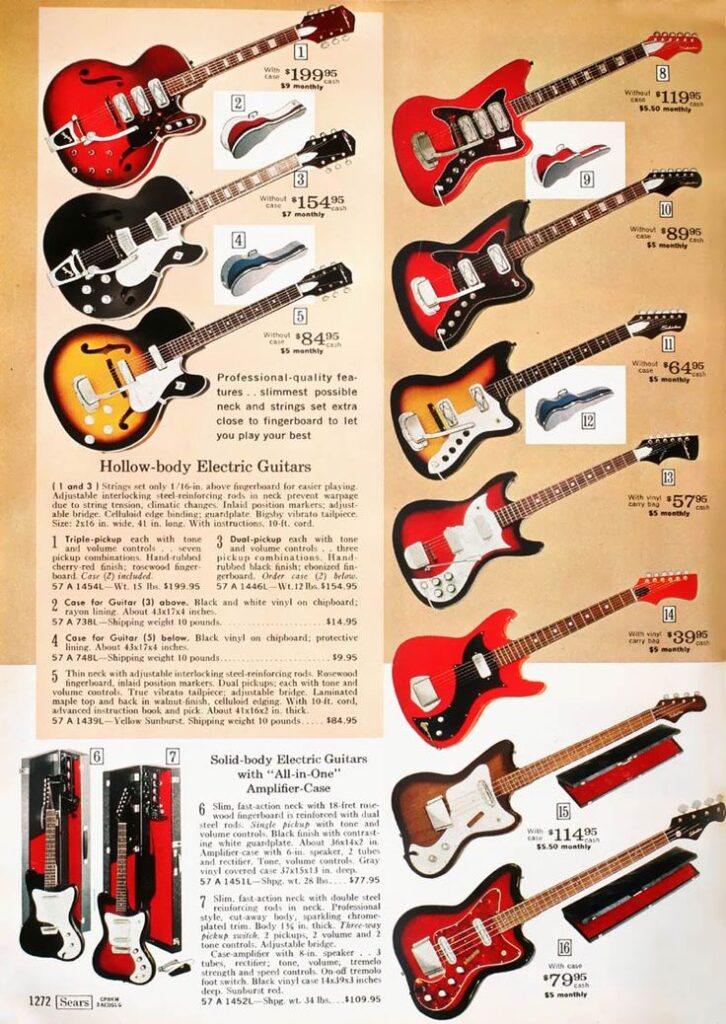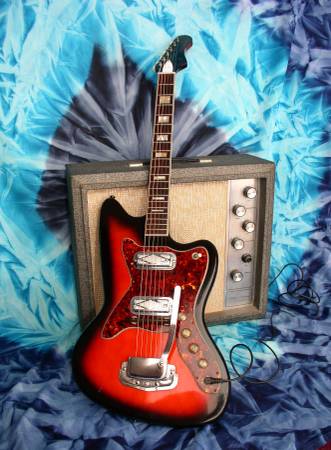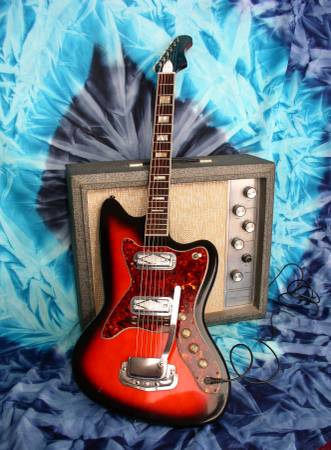It was just another Sunday dinner at the grandparents’ house on that fateful evening of February 9, 1964. As was the custom in many mid-60s American households, after dinner we would all gather around the television set to watch the Ed Sullivan Show, a popular weekly variety show broadcast live from New York City. Being an appallingly unhip twelve-year-old, I was not aware of the weeks-long national media blitz that had drawn seventy-three million viewers to their tv sets to witness the American debut of some unknown British pop band. For me, it was just another Sunday night until the camera cut to The Beatles as Paul McCartney counted off All My Loving, the first of five songs they would play that evening. And from that moment to this very day, sixty years later, I can honestly say that my life has never been quite the same.
The cataclysmic introduction of the Beatles completely upended the American pop charts and prompted legions of youngsters to drag their hapless parents off in search of a guitar in hopes that they too might one day be able to strum and wail away just like the Brits; and I was a part of that huge first wave of newly minted, young guitar fanatics.
Many of these new pop-rock pilgrims would turn up at their neighborhood music stores where they would be introduced to all the major brands like Gibson, Fender, Gretsch, and Rickenbacker. But just as many, if not more, went guitar hunting at their local department store. Here you would find the much lower priced “catalog guitars” like Montgomery Ward’s Airline brand, and Sears Roebuck’s Silvertone line of guitars and amplifiers.

Why, you might wonder, would so many kids go looking for a guitar among the home goods and appliances? After all, I lived in Southern California, where Fender was the house brand. But sticker price on a Stratocaster was a whopping $259.00, or $2500.00 in today’s money. For a lot of us, the financial barrier was simply insurmountable. However, for an enterprising young man with a paper route and supportive grandparents, the much lower priced Sears Silvertones were almost within reach. And so, like thousands of other boomer kids smitten with the Mersey Beat sound, I began my search for my first guitar in the electronics department of our Sears Roebuck department store.
The displays usually consisted of a couple of acoustics, a few amplifiers, and maybe three or four electrics. To me, they were all incredibly alluring and quite mysterious for, to that point, my musical experience was limited to a plastic, Woody Woodpecker kazoo. And now, here I was, standing awestruck in the middle of isle E-9, gazing wondrously at a modest assemblage of brilliantly handsome guitars. The Beatles may have introduced me to the music of my generation, but it was Sears and Silvertone that introduced me to the guitar and the possibility that I might own one and even learn to play it. And the real stunner of the bunch, the one that stirred my imagination, was the middle-of-the-line Silvertone Silhouette model number 1478.
Never had I ever seen so much bling heaped upon one single object. Even the pricier hollow bodies didn’t seem to be nearly as well adorned. The eyes were first drawn to the bold, redburst finish that covered the body and ran all the way up the back of the neck. Spread out atop that body was a multicolored, tortoise shell pickguard supporting two silver foil pickups, four amber knobs, and one white tipped switch. The fingerboard was inlaid with mother-of-pearl. At one end of the instrument was a series of six tuners, and at the other end a vibrato tailpiece all finished in glistening chrome. The whole thing seemed to be tied together with six silver strings. I’d never seen anything so beguiling—it was magnificent, and I had to have it!
In the throes of the British Invasion, department stores like Sears Roebuck, Montgomery Wards, and even dime stores like Woolworth’s and Newberry’s sold thousands of these lower priced entry level guitars. But, in those days, lower priced didn’t mean cheap. Though Japan was making inroads into the American market, “boat guitars,” as we know them today, didn’t exist in any substantial numbers. That Silvertone Silhouette I thought was so fetching was priced at $89.95, or what today we would call $846.63!
And what would that handsome sum get you in 1964? Well, no matter what name was on the headstock, you got a guitar that was made in the USA by one of a handful of makers of budget priced instruments like Kay, Harmony, DeArmond, Danelectro, or National-Dobro. Of course, to bring the prices down to less than half of what the big brands were charging some corners had to be cut. But, in spite of what compromises were made, these guitars were generally quite playable, and they produced a uniquely raw, unrefined sound that, with the least little bit of encouragement, could be driven into a frenzy of distortion, which generations of teenage garage rockers have found to be absolutely intoxicating.

And intoxicating is just the way I would describe the effect the Silvertone Silhouette had on me there in the Sears electronics department sixty years ago; and that’s as close as I ever got. Even with a little help from grandpa, I had to work months on my paper route to save enough to make it mine. And in that time, I came across a classified ad for a Gibson Les Paul Junior for $95.00, and I went for it. How fickle is man? Especially when he’s twelve. And there were more. After that, there was a Mosrite Ventures II, and after that, a Guild Starfire, and then a Gretsch Nashville, and a Jazzmaster, and it went on, and on, and I never did circle back to my first guitar crush. Of course, I understand how I could have been drawn off course by the lure of a real Gibson. But as I look back now, I can’t help feeling some slight regret that I didn’t start out with the one guitar that first set my heart aflutter.
But I didn’t miss out on the Silvertone sound altogether; my first amplifier was indeed a used Silvertone model 1481, which delivered 5 full watts of the most delectable distortion you ever heard. At that time, no gain pedals were available, and none were required; you just turned up the volume knob to 4 for fuzz, 6 for overdrive, and 8 for bedlam. And it was that ragged, yet smooth and creamy overdrive that became “my sound.” Although, I must admit, I’ve been sharing it with countless others for the last sixty years. But to this day, no matter what amp I’m using, it’s that Silvertone sound of my youth that I’m going after; and over the years, I’ve gotten pretty good at getting it.
So ordinarily, this is where my little Silvertone saga would end; but there’s more! For I wasn’t alone in my appreciation of the Silvertone brand. They were so popular and ubiquitous during the 1960s and 70s that, not only are vintage examples of both guitars and amplifiers still readily available, but they inspired a resurrection over seventy years after the first examples were presented in the Sears catalog.
In 2001, The Samick Company, a highly respected South Korean guitar manufacturer, bought the Silvertone name, and in 2013, one of the first guitars they re-issued was that very same Silhouette model 1478 I was so taken with all those years ago. Visit any of the major retailers today and you will find the Silvertone line featured along with all the other popular brands just like it was back in 1964.
Now, at my age, and with all the excellent guitars I already have, I need another like I need an appendectomy. But I don’t know. I think maybe one day I just might visit one of those big guitar emporiums, and just casually saunter on over to the Silvertone display, and just see what happens. Yeah… I think I just might do that.
If you would like to know more about Silvertone, here are a few websites you might enjoy:

